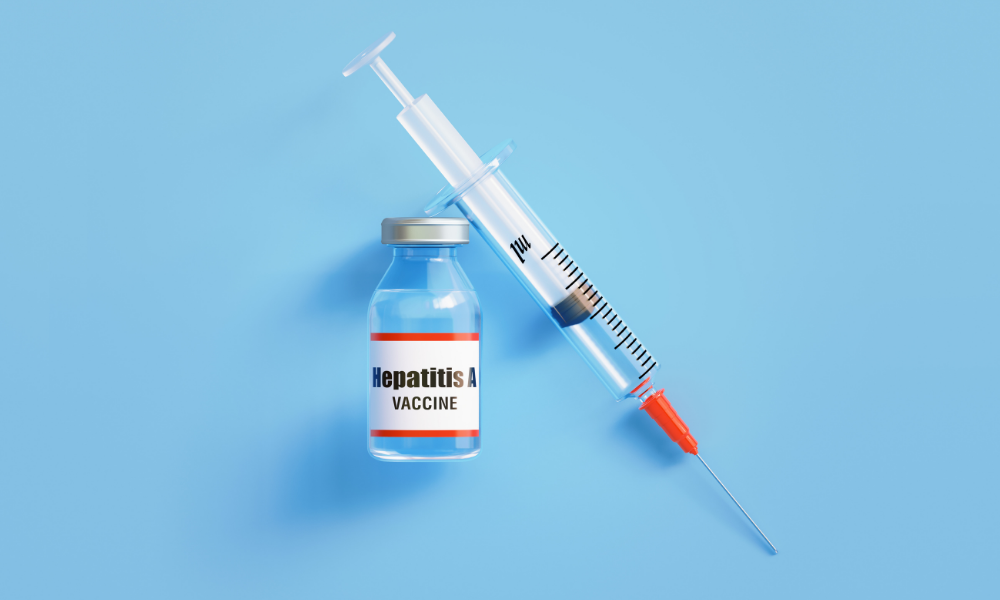Hepatitis A causes temporary inflammation of the liver. It is transmitted when a person comes into contact with infected stools via improper food handling and hand washing. Hep A can also be passed through blood transfusions and the sharing of IV drug needles. Hep A is virtually harmless in children.

For more information: https://www.nvic.org/disease-vaccine/hepatitis-a
[18] https://www.nvic.org/disease-vaccine/hepatitis-a/quick-facts
[19] Vaccine Adverse Events Reporting System – https://digital.ahrq.gov/sites/default/files/docs/publication/r18hs017045-lazarus-final-report-2011.pdf
Hepatitis A (for Indigenous children only)
Product: Avaxim-Pediatric (Sanofi)
Product Monograph: https://products.sanofi.ca/en/avaxim.pdf (18 pages)
Patient Information sheet: https://products.sanofi.ca/en/avaxim-pmi-en.pdf
Manufacturer website: https://www.sanofi.ca/en/products-and-resources/vaccines
Product: Havrix (GSK)
Product Monograph: https://ca.gsk.com/media/6243/havrix.pdf (24 pages)
Patient Information sheet:
Manufacturer website: https://ca.gsk.com/en-ca/products/
Product: Vaqta (Merck)
Product Monograph: https://www.merck.ca/en/wp-content/uploads/sites/20/2021/04/VAQTA-PM_E.pdf (24 pages)
Patient Information sheet: https://www.merck.ca/en/wp-content/uploads/sites/20/2021/04/VAQTA-CI_E.pdf
Manufacturer website: https://www.merck.ca/en/vaccines-2